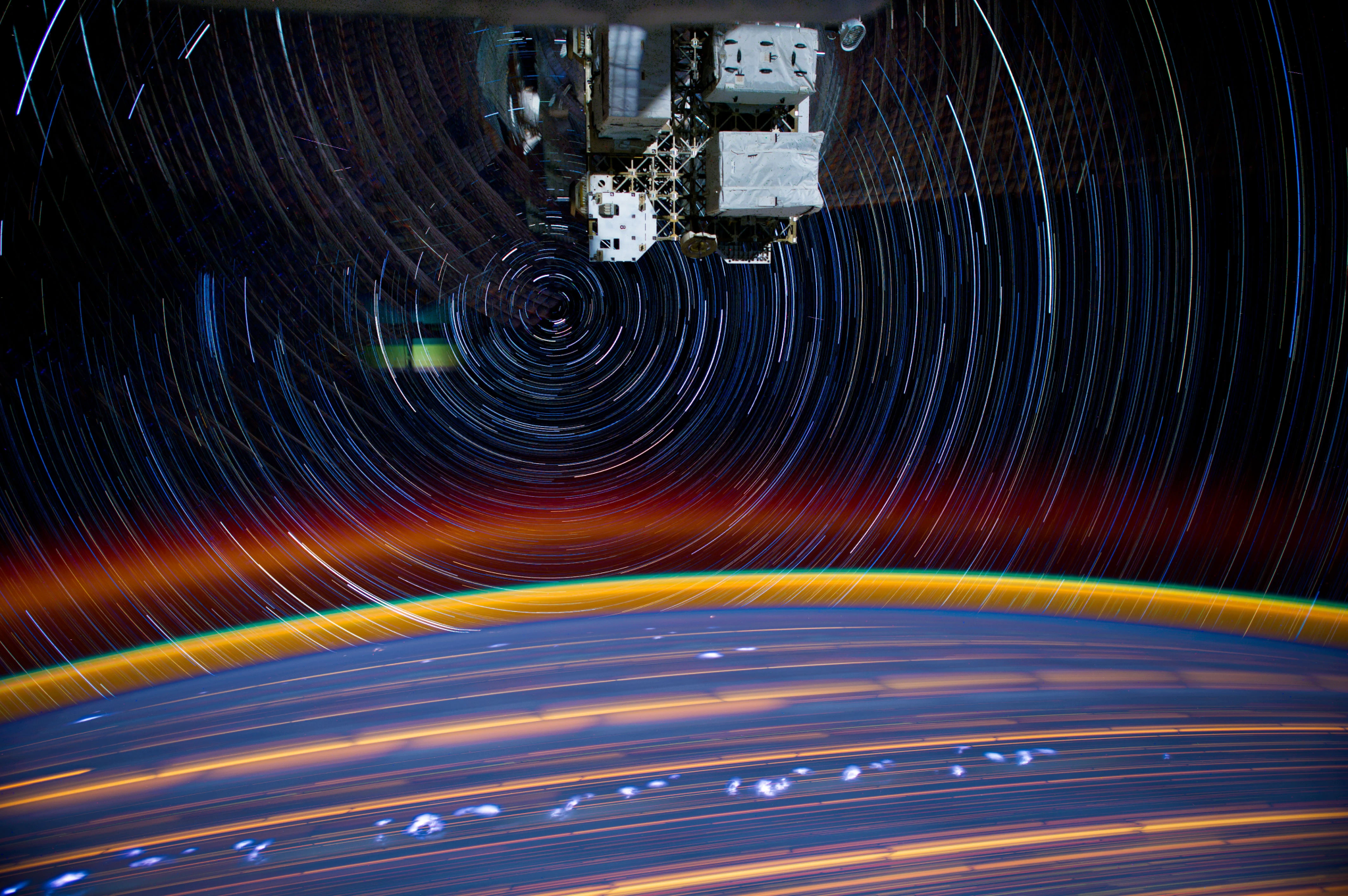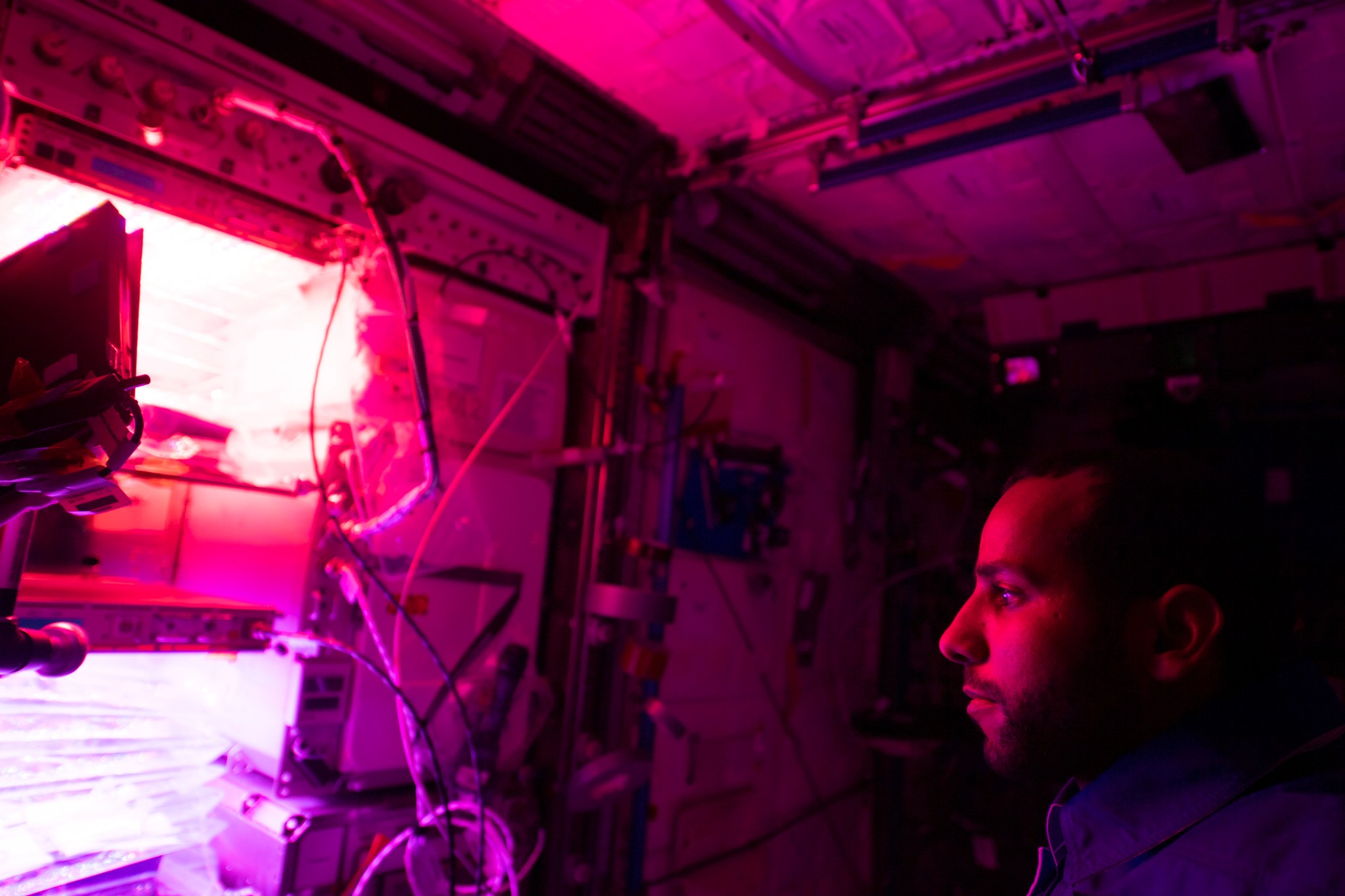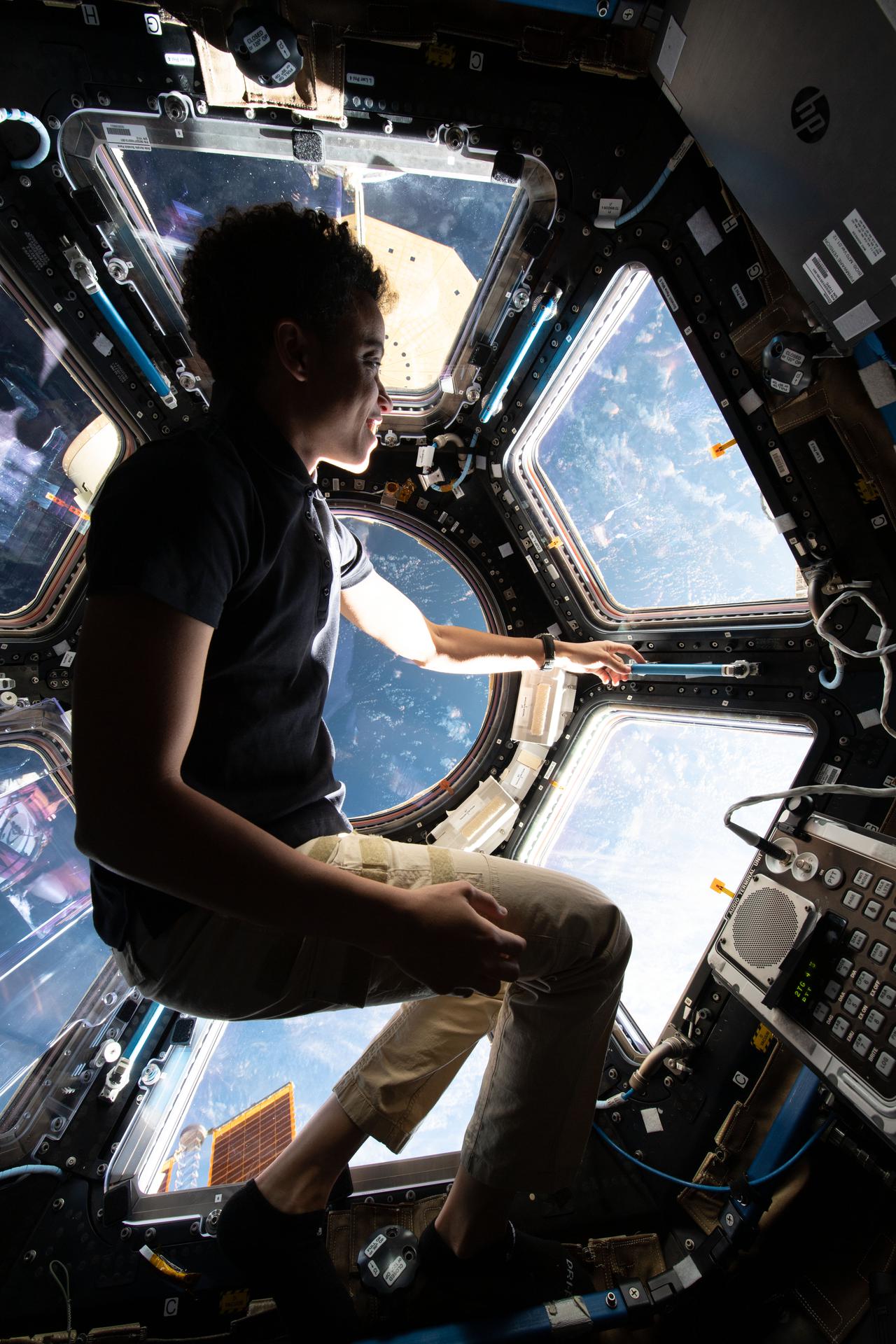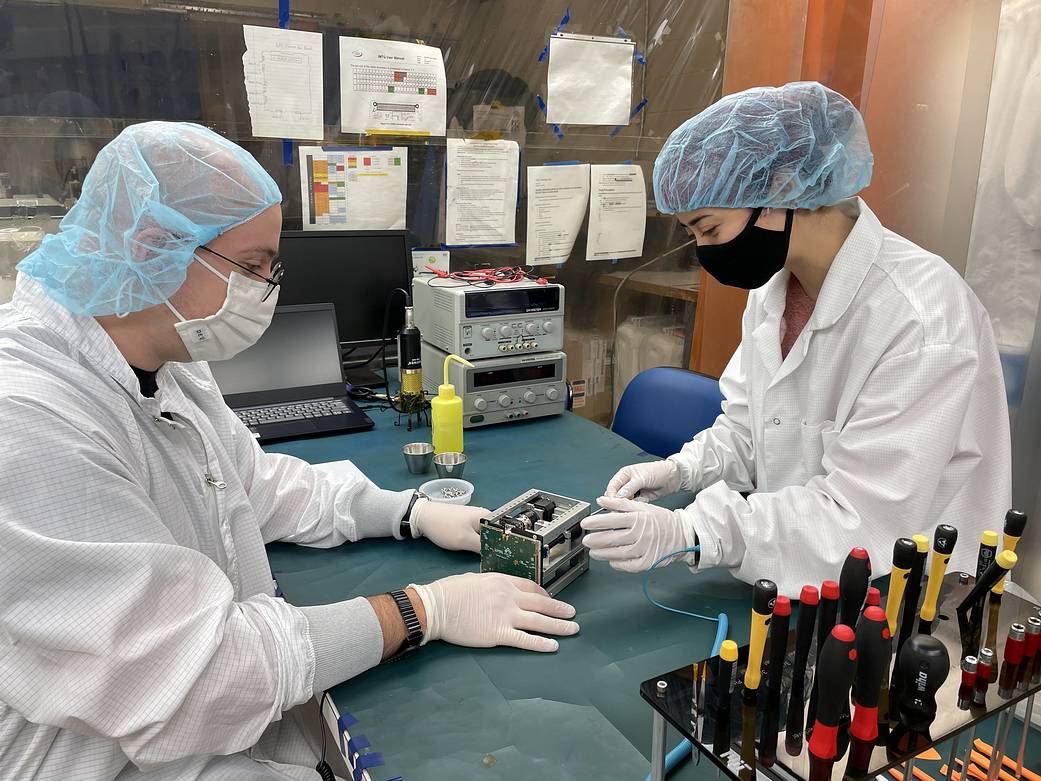The International Space Station is a modern marvel. Only 400 kilometers (250 miles) above our heads, it streaks spectacularly across the sky at 36,000 kilometers (17,500 miles) per hour, orbiting the Earth every 90 minutes. The station carries an impressive array of research facilities supporting hundreds of experiments at any given time across every major science discipline. It can host up to eight visiting vehicles and accommodate 11 crew—all while providing an amazing view featuring 16 sunrises and sunsets per day.
But what is so special about an orbiting lab? What makes scientists willing to tackle the significant challenges of planning and scheduling research, designing and building hardware, and committing extraordinary time and effort to complete experiments?
It’s all about location.
An orbiting laboratory provides researchers with the unique features of low Earth orbit (LEO): long-duration microgravity, exposure to space, and a unique perspective on our planet. These attributes enable scientists to conduct innovative experiments that cannot be done anywhere else.
On Earth, everyone and everything experiences the constant pull of Earth’s gravity. Scientists looking to eliminate that force for their experiments use freefall. An object in freefall experiences almost zero net gravitational force (thus the term microgravity) as it drops. While scientists have several ways to generate microgravity conditions on Earth, the event can only last for a short time. An orbiting laboratory is in a permanent state of microgravity as it continuously falls around the Earth in a nearly perfect circle, providing consistent, long-term access to reduced-gravity conditions.
Sustained microgravity is a game-changer for scientists across many disciplines. For example, humans are uniquely tuned to Earth’s gravity. This force affects our entire body, from how hard our heart pumps to the density of our bones. Plants use gravity to determine which direction their roots should grow. Removing gravity gives biologists unique insights into the responses of all forms of life to new stresses.
Many physical and chemical processes also change when you remove gravity, opening up opportunities to study boiling, melting, fluid and gas mixing, protein crystallization, and even an ultra-cold state of matter known as Bose-Einstein Condensate in ways not possible on Earth. For example, without gravity hot air does not rise, causing flames to become spherical and behave differently. Surface tension and capillary forces dominate fluid behavior in microgravity, allowing scientists to observe and measure the subtleties of these forces drowned out by gravity on Earth.
The space station’s orbit differs from sun-synchronous orbits of typical remote-sensing Earth satellites, providing unique observation opportunities for scientists. A lower altitude allows instruments to obtain greater detail, and the station passes over a majority of Earth’s landmass and population centers. The combination of a low-altitude fast orbit, a high orbital angle, and the slow rotation of the Earth underneath produces unique opportunities for observing a variety of locations, atmospheric phenomena, and natural disasters from different angles and with varying lighting conditions.
Having crew on board also generates options not available with typical satellites. Crew members can collect unscheduled data of an unfolding event such as a storm or volcanic eruption using handheld digital cameras. They also can provide real-time assessment to determine whether environmental conditions, such as cloud cover, are favorable for data collection.
The orbiting laboratory’s location at the upper edge of the Earth’s atmosphere allows researchers to study the effects of exposure of materials, electronics, and even microorganisms to the harsh space environment for long periods of time, then return those items and samples to the ground for detailed analysis. In addition, the station provides power, data transmission capacity, and repair capability for astrophysics instruments collecting data largely blocked by Earth’s atmosphere or magnetic field.
Throughout the Benefits for Humanity publication you will find examples illustrating the wide range of scientific disciplines and technology demonstrations benefiting from International Space Station research. The impacts of these efforts can all be traced back to key aspects of the station’s unique location—the edge of space.
































